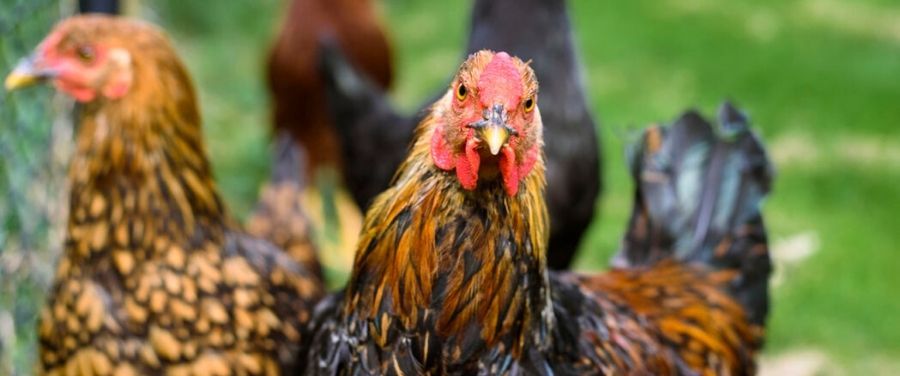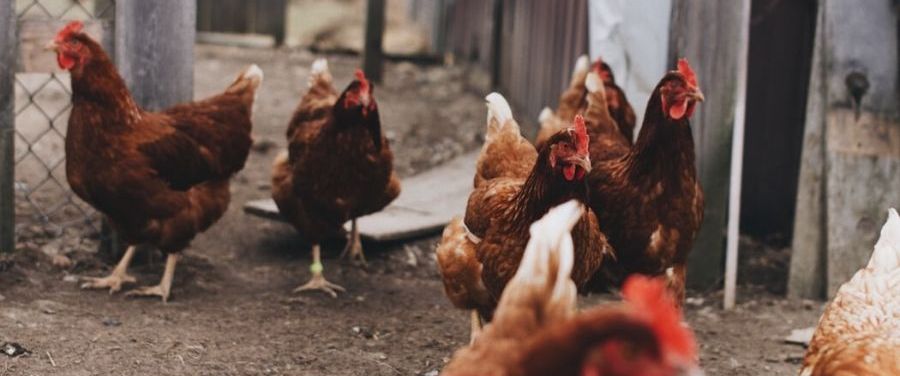WHAT IS BIRD FLU?
Bird flu, also known as avian flu or avian influenza, is a disease caused by a particular type of avian (bird) influenza (flu) Type A virus. Bird flu or avian flu is very similar to swine flu, human flu, dog flu and horse flu.
It’s spread by infected migratory birds to domestic poultry, and after that to humans.
Normally, avian flu viruses don’t infect humans. However, sporadic human infections with avian flu viruses have occurred.
BIRD FLU: HISTORY AND FACTS
In 1997, this virus has been first discovered in birds in China, and since that time has infected 125 individuals from Vietnam, Cambodia, Thailand, and Indonesia, killing 64 of them.
Some infected individuals have grown abnormal clotting profiles resulting in excess bleeding which was a frequent clinical symptom from the deadly so called Spanish flu of 1918-19, which killed over 100 million individuals around the world.
Indeed, avian influenza shares a number of disturbing features with the 1918-19 flu virus.

Both of these viruses have, in fact, lately been shown to be comparable genetically. And in a latest lab experiment by mice, the 1918-19 virus was discovered to create 39, 000 times more viruses four times after infection compared to regular seasonal human flu strain.
The 1918-19 virus killed 100 percent of all the mice that were infected by it, in contrast to none of the mice infected by the normal influenza strain.
With an existing case fatality rate, or passing rate of roughly 50% from humans, bird flu is obviously also an extremely deadly disease.
There are just a few reports from the medical literature describing the clinical characteristics of bird influenza in humans.
The clinical spectrum of H5N1 infection ranges from asymptomatic infection where all the individual does not know she or he’s infected to deadly pneumonia and multiple organ failure.
Some infected individuals develop liver or kidney malfunction, and there were two kids who died from all the virus that came to medical care because of diarrhea and seizures related to encephalitis.
WHAT ARE THE SYMPTOMS OF BIRD FLU?
Nevertheless, the most typical presentation is one of fever, cough, and trouble breathing.
Approximately 70 percent of patients also have diarrhea, and a Couple of patients had only gastrointestinal symptoms and no breathing problems. Deaths have usually been in typically healthful people.
The first report from all the medical literature of deaths from bird influenza has been on 12 patients living from Hong Kong. Their median age was 9 years, having a wide range of one to sixty years. All presented by fever, and eight had symptoms or signs of upper respiratory infections.
Gastrointestinal symptoms, including stomach pain, vomiting, and diarrhea, were present from eight patients. There were a total of five deaths.
In a study of 10 patients from Vietnam by lab confirmed avian influenza, all the mean age of all the patients was 13.7 years.
WHAT ARE THE RISK FACTORS OF BIRD FLU?

You may have a higher risk of contracting H5N1 if you are —
- Poultry farm workers
- Wildlife biologists
- Ornithologists who handle birds
- A traveler visiting affected areas
- Exposed to infected birds
- A household member of an infected person
- Someone who eats under-cooked poultry or eggs
- Healthcare worker caring for infected patients
HOW TO DIAGNOSE BIRD FLU DISEASE?
The Centers for Disease Control and Prevention (CDC) has approved a test designed to identify avian influenza. This test is known as influenza A/H5 (Asian lineage) virus real-time RT-PCR primer and probe set.
It can offer preliminary results in only four hours. However, the test isn’t widely available.
Your doctor may also recommend the following other tests —
- Auscultation
- Chest X-ray
- Nasopharyngeal culture
- White blood cell differential
WHAT ARE THE PREVENTIONS OF BIRD FLU?
U.S. Food and Drug Administration (FDA) has approved a vaccine designed to protect against the bird flu, but the vaccine isn’t currently available to the public.
Centers for Disease Control and Prevention (CDC) recommends that people responding to poultry outbreaks should get a seasonal influenza vaccination every year.
Seasonal influenza vaccination will not prevent infection with avian influenza A viruses, but can reduce the risk of co-infection with human and avian influenza A viruses.
RELATED ARTICLES:

please give me those